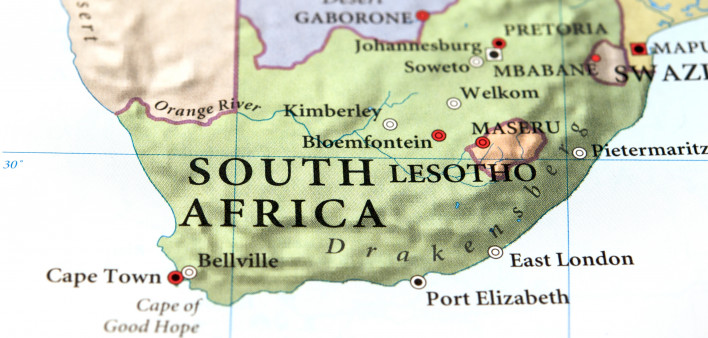KwaZulu-Natal, South Africa, a city severely hit by the HIV epidemic, is starting to see improvements, with new cases of the virus declining according to two new studies, aidsmap reports.
Alain Vandormael, PhD, of the School of Nursing and Public Health at the University of KwaZulu-Natal, and colleagues conducted the first study, which was published in Nature Communications. They analyzed data from a survey of 11,000 households in the South African city. These households are visited annually by outreach workers who provide HIV testing.
Between 2005 and 2017, the annual number of individuals testing positive for HIV declined from 7,896 to 4,984. In 2012, the rate of new infections peaked at 4.95% in women and 2.49% in men. The rate then declined among men by 59%, hitting 1.01% in 2017. Among women, the rate did not begin to fall significantly until 2014 and ultimately saw a 37% decline, to 3.06%, in 2017.
Between 2010 and 2017, the proportion of HIV-positive women taking antiretrovirals (ARVs) increased from below 25% to more than 50%. In 2017, 45% of women with the virus had a fully suppressed viral load. During the same period, the proportion of men living with HIV who were on ARVs increased from 21% to 38%. Men with HIV had a 33% viral suppression rate in 2017.
During the 2000s, condom use increased in the study population, such that 60% of women and 70% of men reported using condoms in 2011—figures that remained stable thereafter.
The rate of circumcision among men increased from 3% in 2009 to 33% in 2006. (Voluntary medical male circumcision reduces the risk of female-to-male transmission of HIV by about 60%.) The annual rate of new HIV cases among circumcised men declined by 59% during this period while declining by 42% among uncircumcised men.
The investigators concluded that “to further reduce HIV incidence, HIV prevention and treatment program coverage must be intensified and scaled up.”
The second study was led by Ayesha Kharsany, PhD, of the Centre for the AIDS Programme of Research in South Africa, and published in JAMA Network Open Access. The study authors randomly selected households in KwaZulu-Natal and invited one person in each who was 15 to 49 years old to participate.
The investigators conducted a survey between 2014 and 2015 of 9,812 people and then a follow-up survey 14 to 24 months later among 4,539 HIV-negative participants younger than 35 years old. Then they repeated this same process with a respective 10,236 people and 5,307 people, starting the initial survey in 2015 to 2016.
Between the 2014 to 2015 and 2015 to 2016 surveys, the proportion of people who had ever been tested for HIV increased from 69% of men and 82% of women to a respective 82% and 91%.
In the first survey, 52% of men and 62% of women who had HIV were aware of this fact, figures that increased to 63% and 73% in the second survey. The proportion of people with HIV who were on ARVs increased from 37% among men and 46% among women in the first survey to a respective 49% and 59% in the second survey.
Circumcision increased from 32% to 36% of men between the surveys. A respective 36% and 48% of women in each survey said their partners were circumcised. A respective 20% and 16% of women in each survey said their partners used condoms.
There was no statistically significant decline in the diagnosis rate, meaning one that was not likely driven by chance, in the overall group of study participants between the two surveys, among all boys and men or among women older than 20 years old.
However, among girls and women 15 to 19 years old, the rate of new HIV diagnoses declined significantly by 43% between 2016 and 2017, from 4.6% to 2.7%.
To read the aidsmap article, click here.
To read the Nature Communications abstract, click here.
To read the JAMA Network Open Access paper, click here.







1 Comment
1 Comment